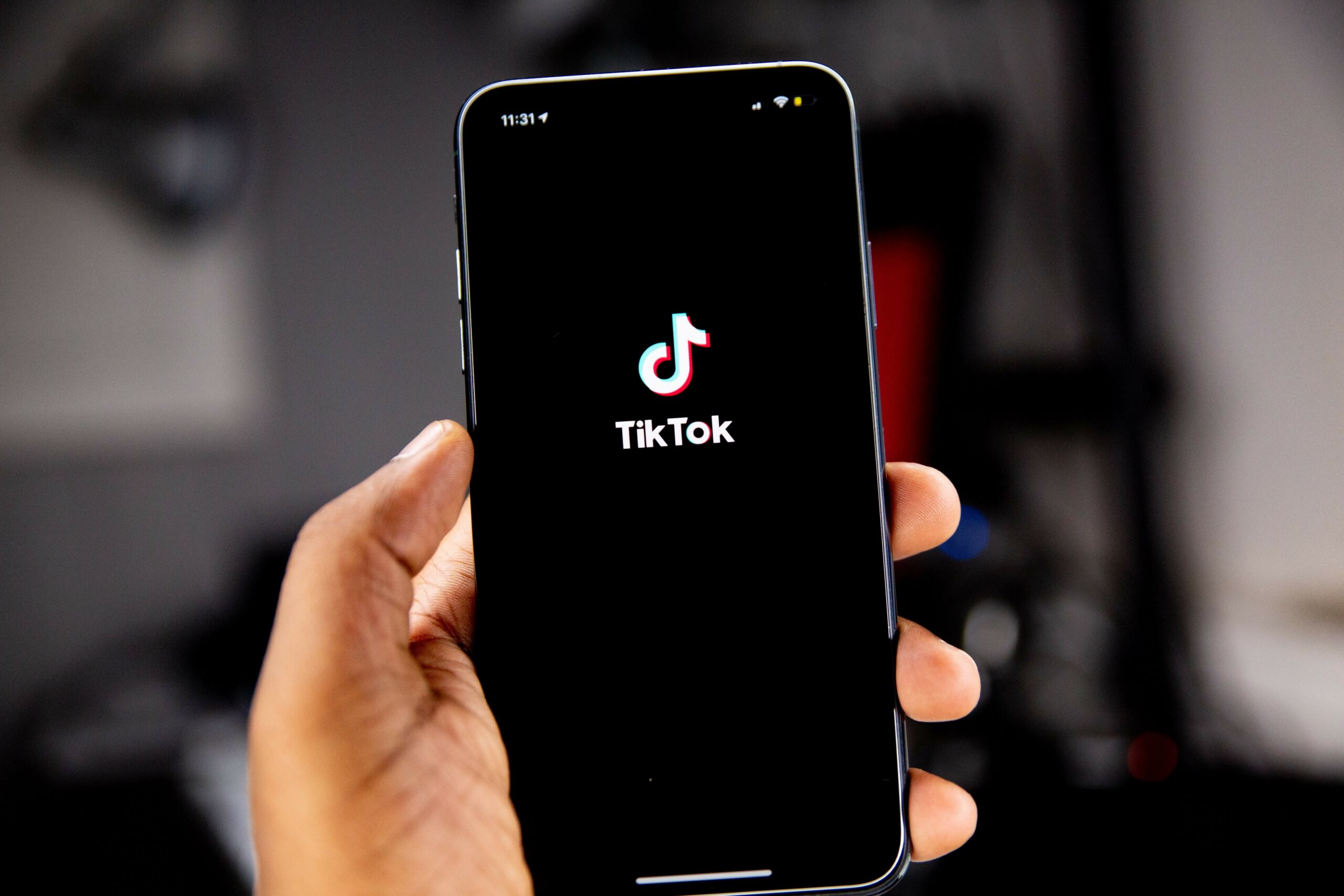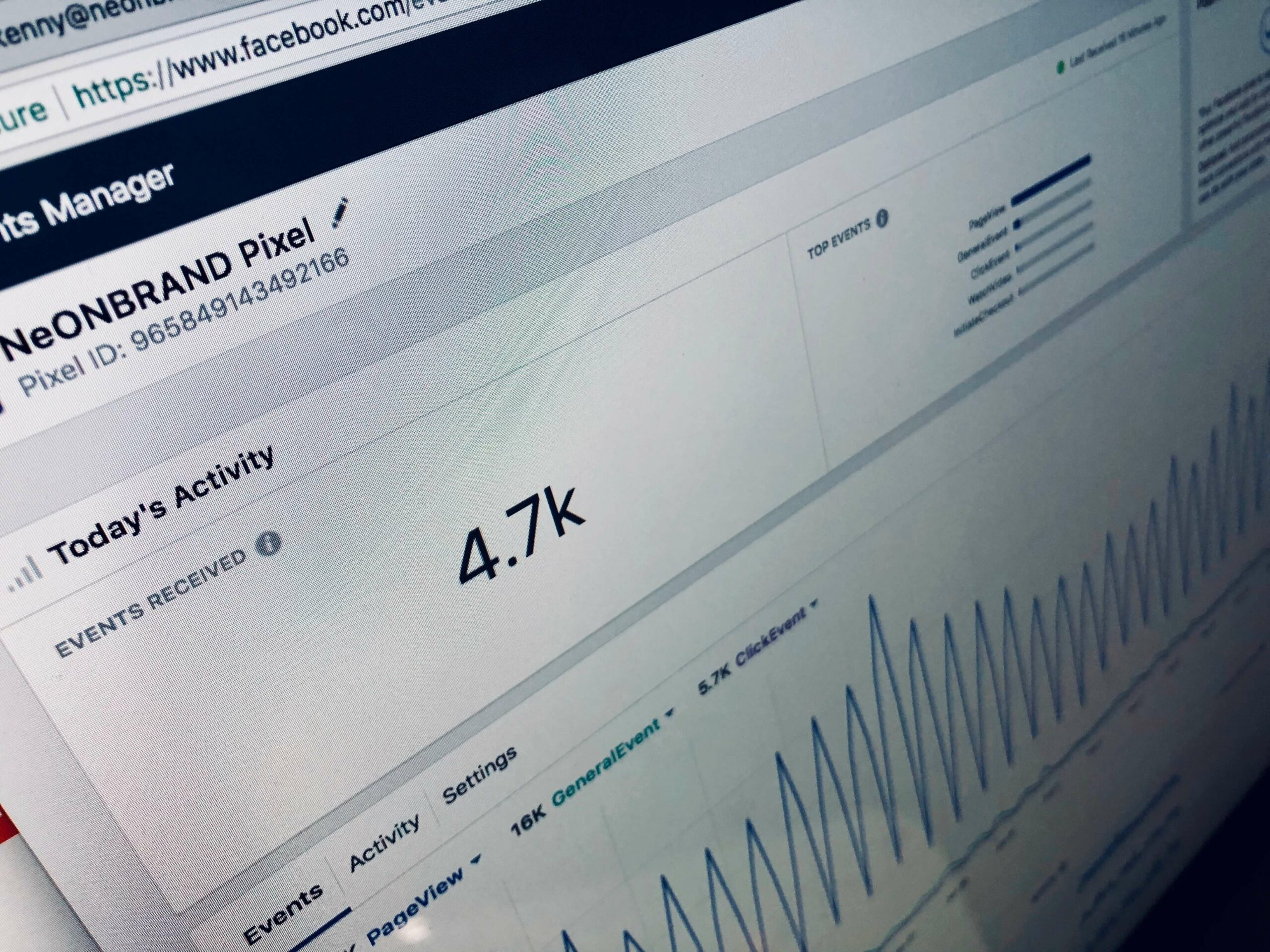Whether your budget is limited or not, having a smart strategy is what determines your success in engaging with your target customers.
If you’re starting out or struggling with spending a lot of money just to get little engagement, here are 5 steps to effectively manage your ad spend on digital marketing channels – where your target market spends the most time on the Internet.
Table of Contents
Step #1: Make a marketing strategy
Besides enthusiastic brainstorming sessions with explosive and inspirational ideas, it is significant that your marketing department holds weekly meetings to transparently share with each other about marketing strategies and objectives. This helps every member of the marketing team know both the big picture and their own roles in order to achieve the complete marketing goals of the business.

It is significant that your marketing department share with each other about marketing strategies
Creating a solid marketing strategy such as increasing customer awareness of your brand, promoting new products, or optimizing engagement on social networks is important before deciding which channels are the best fits with your business. For some companies, it might be a website or email marketing that is worth investing in; while for others, it might be more beneficial to get their Gen Z customer engaged by a dance challenge on TikTok – the most trending social media platform among youngsters.
In addition, it’s necessary for marketers set KPIs to measure the effectiveness of each objective in the marketing strategy. This helps the marketing department evaluates which tactics are effective so that they can better adjust the process of achieving the final goal.
Step #2: Know what is your priority channel
There is no one-size-fits-all media platform for all types of corporate. To make marketing become a story that customers find themselves in, you have to craft user personas that indicate your target audience’s behaviors, like what time of the day they usually go online or if they would prefer PC or smartphone. This helps your brand proactively appear on the right platform with your right and soon-to-be customers.
For example, you are a B2B tourism expert and you possess a lot of tailor-made itineraries for the different traveling styles of each tourist, a website could be considered a content hub where you can promote your brand image as well as engage with other travel agents, which are your direct customers.
Step #3: Invest in the Media
The campaign is about ready to go live at this point. Your marketing team has determined the budget, channels, and KPIs. The creative assets and copy have been approved and sorted. The demographic information of your target customer is also clear. It’s finally time to start the campaign.
There are two main methods for purchasing media:
- Traditional media channels are used for direct buys. It frequently entails connection development in order to negotiate the ad’s timing, location, and frequency. For example, a shoe buyer sees a brand’s advertising standee and decides to visit the store to learn more about the shoe’s size, style, and color before deciding to buy.
- Programmatic buy: The buying process is automated, as seen on platforms like Google or Facebook, with the option to target specific audiences. The same example with the shoe buyer mentioned above, in this case, he sees a Facebook Ad post that announces the 20% sale for a pair of Chelsea boots. He decides to learn more about the shoes by chatting with the shop via Facebook Messenger, and the automatic chatbot or the staff will assist him before making a purchase.

Tiktok may be a powerful social networking site, particularly for the Generation Z demographic
Step #4: Monitor and Improve the Campaign
Once the campaign is online, your marketing team will begin tracking and recording outcomes, most commonly using a platform like Facebook Insights. Tweaks and modifications will be made to optimize campaigns and satisfy marketing objectives while keeping a close eye on the KPIs defined during the planning process.
The majority of programmatic campaign tweaks fall into two categories: creative and technical. When a campaign receives a lot of impressions but has a low click-through rate, it usually means that the messaging isn’t engaging with the target audience and isn’t converting well. If a programmatic ad campaign generates a low volume of impressions, the issue is most likely technical.
The way to optimize the campaign is to run 2 campaigns that are nearly identical in appearance, only differing in keywords or target audience’s demographic information. In the case of similar keywords, testing 2 campaigns simultaneously can determine which ad image will be more attractive to viewers, or if an intended target market is more receptive to display ads or search google ads.
Step #5: Lean on data to make decisions for your next step
Your data has a story to tell, and you can uncover that story about your target customers by using data analytics tools. To determine which techniques are performing effectively and what you’re spending on with very little consumer engagement, you’ll need to know how much to budget to achieve your initial strategic goals.

Your data has a story to tell, and you can uncover that story about your target customers by using data analytics tools
Wrapping up!
An effective advertising campaign is not something that happens by accident but is successful based on thorough preparations. While you may have to test your ads before finding the best solution, a good strategy can save you time with as few adjustments as possible.
All you need to know to get the most out of your marketing budget is to start planning your marketing strategy, identify the proper media channels for your target audience, buy the media, analyze and develop campaign effectiveness, and make data-based decisions for the next steps. In other words, being a wise consumer when it comes to media buying is a must for marketers.
 socialhead
socialhead





